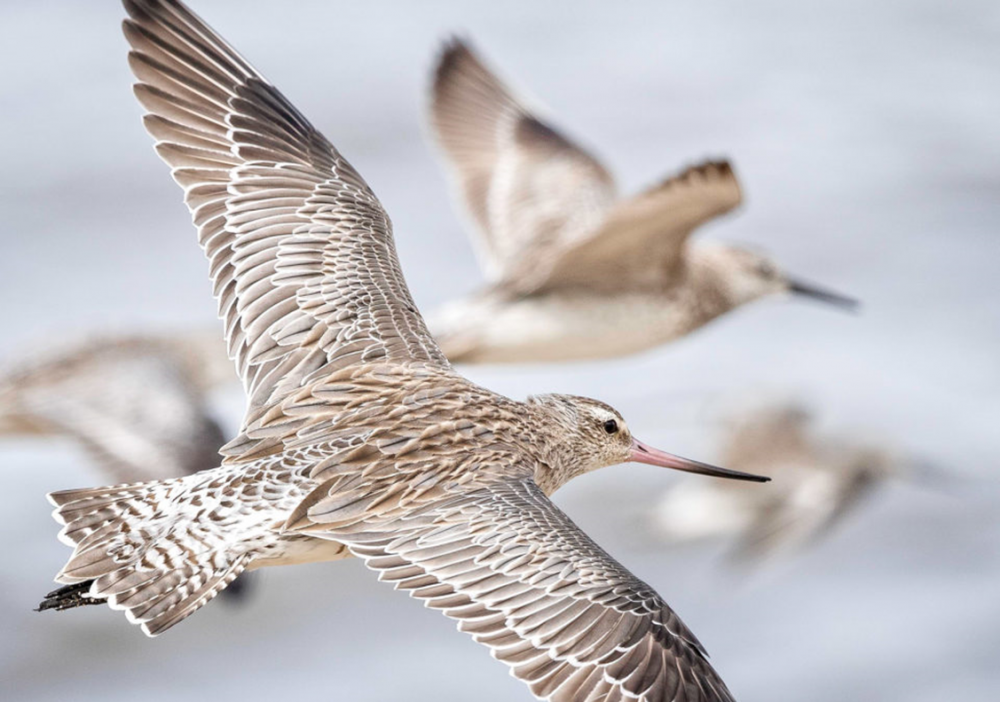Broome’s Snubfin Dolphins Australia’s first endemic species of dolphin was only recognised as a separate species in 2005. Broome, has the largest known population of snubfin dolphins Broome was once considered by some as a humid backwater, but is now the focus of heavy pressure from coastal development, as is the entire Kimberley coast. Alex Brown from Murdoch University’s Cetacean Research Unit, is collecting baseline information on inshore dolphins as part of his PhD. He has been gathering data on abundance, distribution and genetic connectivity. The snubfin dolphin is a relatively small species that lives in the waters of northern Australia from Broome, Western Australia, north and east to the Brisbane River, Queensland. The species is strongly linked to the mouths of tidal creeks, rivers and mangrove systems within 10 kilometres of land, in water less than 15 metres deep. During zigzag boat rides across Roebuck Bay, photos of individuals are taken. Individual dolphins can be recognised from the marks on their dorsal fins. The scientists then use a mathematical model to estimate how many dolphins are in the bay. “After several months of work in Cygnet Bay and Roebuck Bay, we’ve now photographically identified over 170 different snubfin dolphins”, Alex says. Scientist also use of a specialised dart gun to get small tissue samples from individual dolphins. This allows them to get detailed genetic information. These small tissue samples help to estimate the level of gene flow (mixing) between dolphin populations in Roebuck Bay and Cygnet Bay. With dolphins being excellent swimmers it was thought that the two bays would be regularly visited by all dolphins in the area. This doesn’t appear to be so. “Preliminary data from over 50 tissue samples collected … indicate there is limited genetic connectivity between the two populations,” Alex says. “This shows a degree of isolation, and suggests that they should be managed as separate populations.” This means their losses aren’t quickly recharged from surrounding areas if local populations crash. Their quiet little bay is changing and they now share a region with humans hell bent on tourist dollars and ore shipments. Unlike other dolphins, the snubfin is quite shy and does not ride boat’s bow waves. However, the species forms very tight-knit groups and members often become so engrossed in one another that they are oblivious to oncoming boats. Not a great attribute for a place full of tourist boats and millionaire’s gin palaces. Animals with a limited home range and slow population growth often suffer from development. The snubfin has an unfavourable conservation status or and “would benefit significantly from international co-operation organised by tailored agreements”. I personally can’t see Australians deliberately harming such an iconic animal, especially in shallow waters where we might be able to manage boating impacts, but we do need to be vigilant.
MARINE LIFE NETWORK
marinelifetassie@gmail.com
